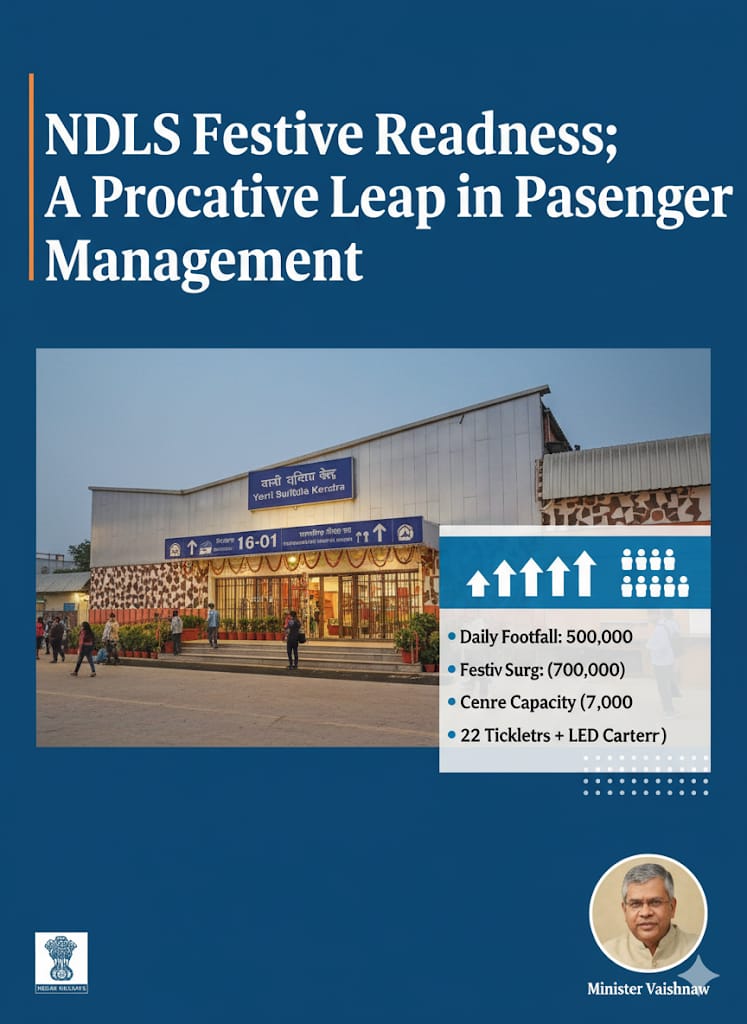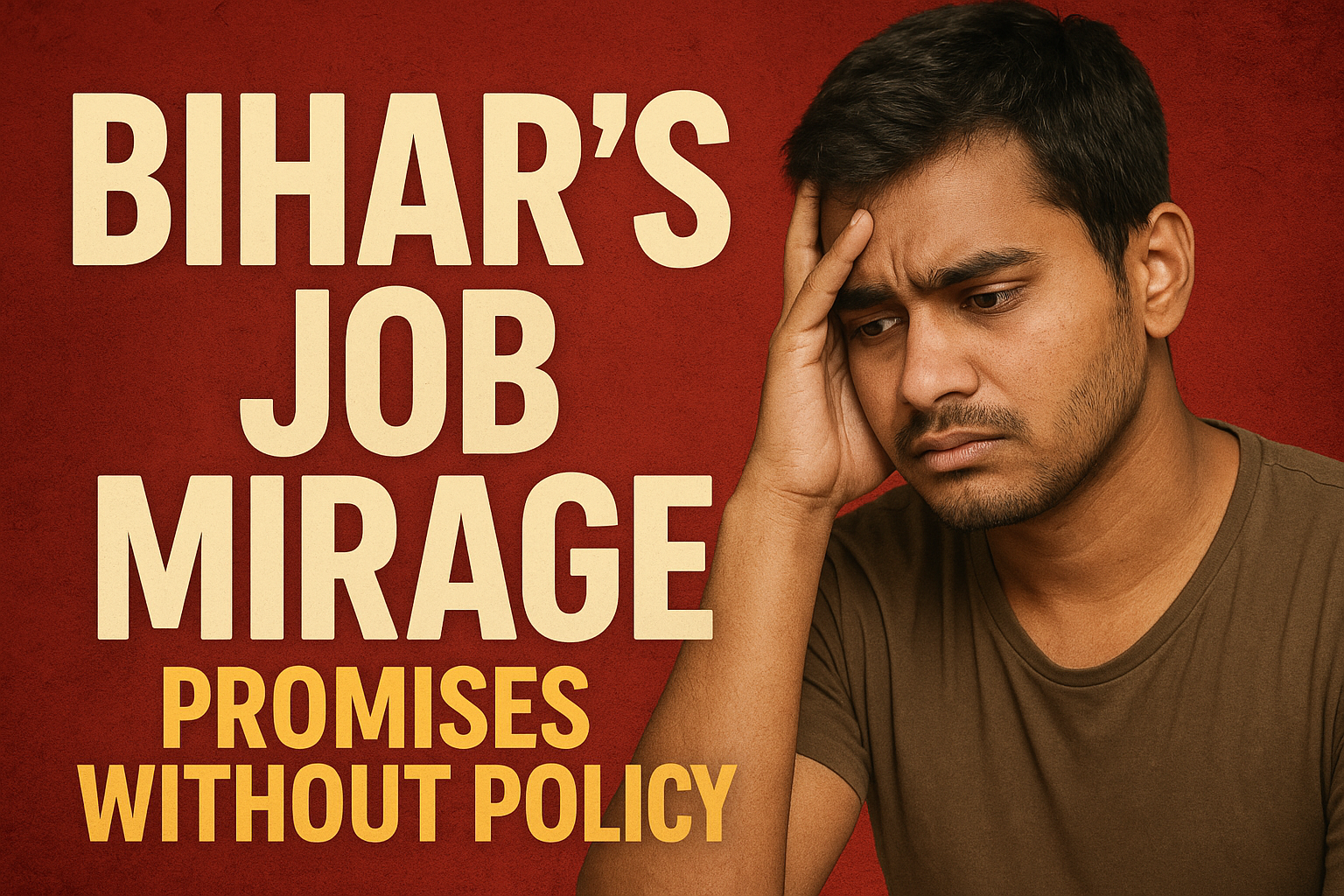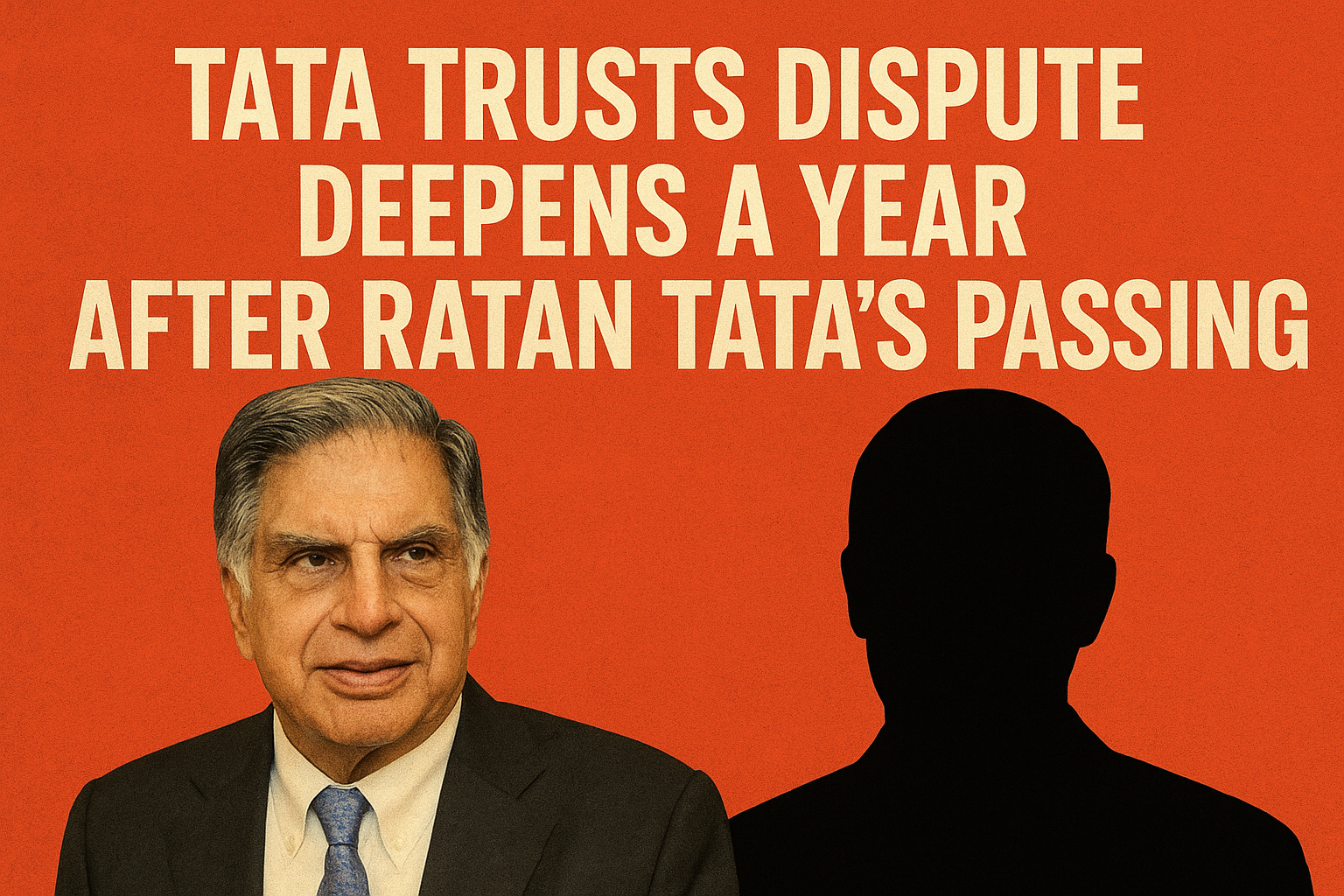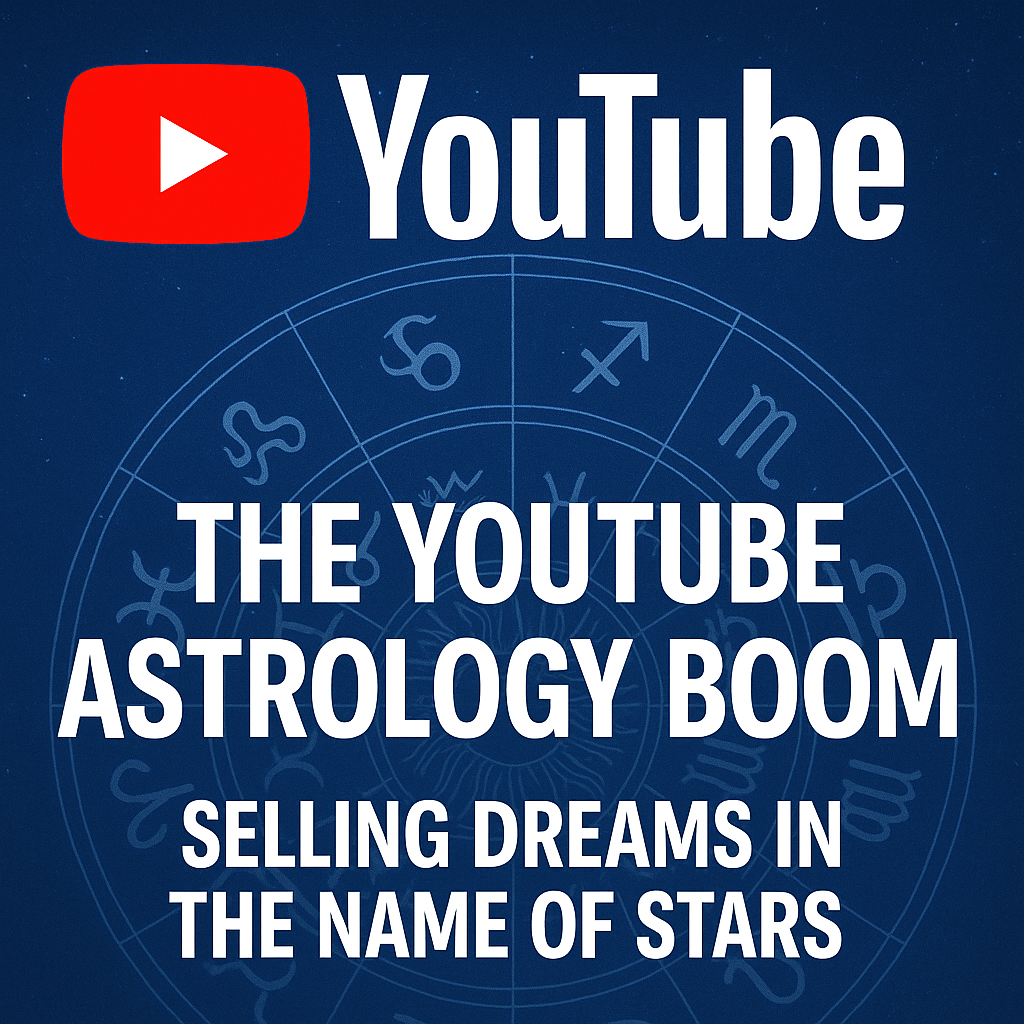
Every morning, millions log into YouTube not for news, learning, or entertainment, but to consult the stars. "July 15 will change your life", "Shani's shadow is lifting", "A golden door is opening for your zodiac" — these video titles flood the feeds of Indian users and rake in millions of views. A new digital religion is forming, powered by clever algorithms, persuasive thumbnails, and desperation.
But what if none of it is real? What if it's just a new age con wrapped in cosmic glitter?
The Meteoric Rise of Astrology Content
According to a 2024 report by Think with Google, searches for “zodiac predictions today” and “weekly horoscope video” grew by over 340% in India between 2021 and 2023. YouTube data reveals that top astrology channels in India have over 2 to 5 million subscribers, with daily uploads pulling in 200,000 to 1 million views per video.
One example: “AstroRahul” (a pseudonym), whose channel grew from 10,000 to 2.4 million subscribers in just two years. His content includes monthly predictions for all zodiac signs, tarot card readings, and celestial event interpretations, all sprinkled with the promise of sudden wealth, soulmate encounters, or job breakthroughs.
His estimated ad revenue? Over ₹4 to ₹7 lakh per month according to SocialBlade estimates, without offering a single verifiable prediction.
Why Are People Falling for It?
The answer lies in a toxic cocktail of algorithmic addiction, psychological vulnerability, and social insecurity.
- Unemployment & Anxiety
India’s unemployment rate among youth (15 to 29 years) is over 17.5% (CMIE, 2024). Add to it rising exam failures, job rejections, and relationship struggles, and you have a generation trapped in uncertainty. In such times, even a whisper of hope becomes a shout. - The Illusion of Personalization
Most astrology YouTubers record one generic video for each zodiac sign. These 12 videos claim to cater to 1.4 billion people. Yet, through clever phrasing — “some of you may face a betrayal... others will see a miracle” — they create a false sense of relevance. It’s the Barnum Effect in action, a psychological trick where people believe vague statements are tailor-made for them. - Algorithm Amplification
YouTube’s algorithm promotes watch-time. Astrology videos, often 15 to 30 minutes long with loyal followers, score high. Add catchy titles, astrology charts, suspenseful music, and dreamlike visuals, and these videos are treated as engaging content. It’s not wisdom, it’s clickbait theatre. - Religious-Cultural Underpinnings
Astrology is not new to Indian culture. But what’s new is its transformation into a low-cost, high-profit video enterprise. Unlike Pujaris or traditional Jyotishis who held social accountability, these YouTube astrologers answer to no one, not even the stars they claim to interpret.
False Hope as a Business Model
The damage isn’t just psychological, it’s financial too. Many channels lead users into paid consultations, gem purchases, or “energy healing” sessions via links in the description box. Some even sell PDF horoscopes for ₹500 to ₹2,000, with auto-generated gibberish.
A 2023 survey by LocalCircles found that 1 in 4 Indians under 35 had paid for an astrology-related service in the past year, mostly driven by job stress or romantic uncertainty.
But how many received what was promised? None could verify.
Lack of Accountability & Regulation
Unlike health misinformation (which YouTube claims to monitor), astrology predictions often escape scrutiny under the garb of “entertainment” or “faith”. There is no liability for false predictions. If the stars didn’t align, maybe you missed the right chant.Moreover, these creators rarely face backlash because hope never dies. Viewers move from one prediction to another, week after week, hooked like gamblers chasing luck.
A New Age Digital Trap
This isn’t just an Indian problem. Globally, astrology apps like Co-Star, Sanctuary, and The Pattern have raised millions in funding. TikTok and Instagram reels also thrive on astrology-based bite-sized predictions. But India’s scale, cultural receptivity, and economic distress make it particularly vulnerable.
A 2023 KPMG study noted that spiritual and astrology-based mobile apps in India grew at 30% CAGR, with over 85 million downloads across platforms.
A Dangerous Distraction
The tragedy is that while millions await Jupiter’s favor, real issues go unaddressed — mental health, financial literacy, career guidance, or even vocational training. Over 1 crore Indian students sit for competitive exams annually. Less than 2% qualify in major ones. In addition to it, nearly 3 crore Indians migrated interstate for jobs in 2023 (NSSO data).
Yet, channels promising “Mangal’s blessings” get more traction than government helplines or employment news portals.
Astrology content is an escape and providing an alternate reality.
Insightful Take
In an age where belief is easily manufactured and sold, the new opium of the masses isn’t religion, it’s predictive entertainment disguised as divine insight. YouTube astrology is not merely content; it’s a mirror reflecting societal despair and a market thriving on emotional debt.
Unless we confront the dream merchants with awareness, data, and regulation, millions will continue to chase cosmic fantasies, ignoring the very real paths within their reach.



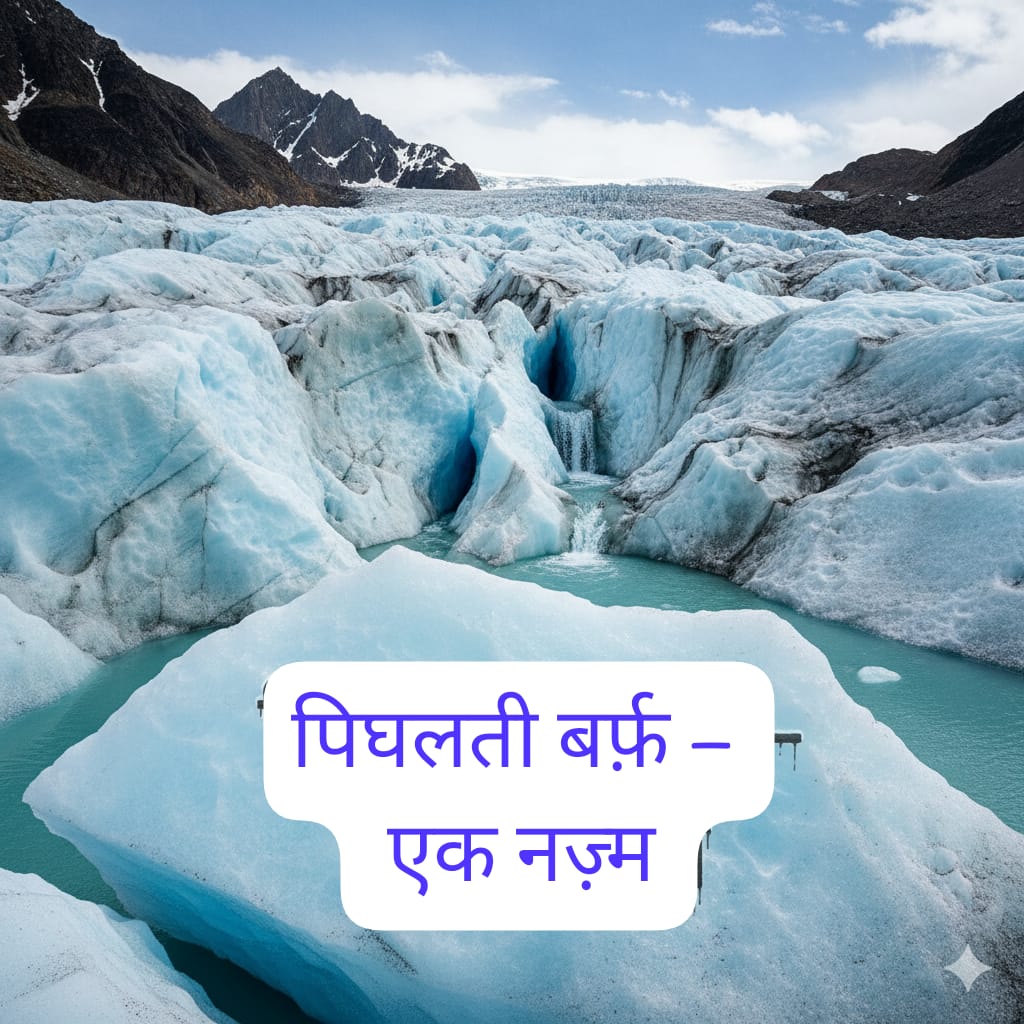
.jpeg)
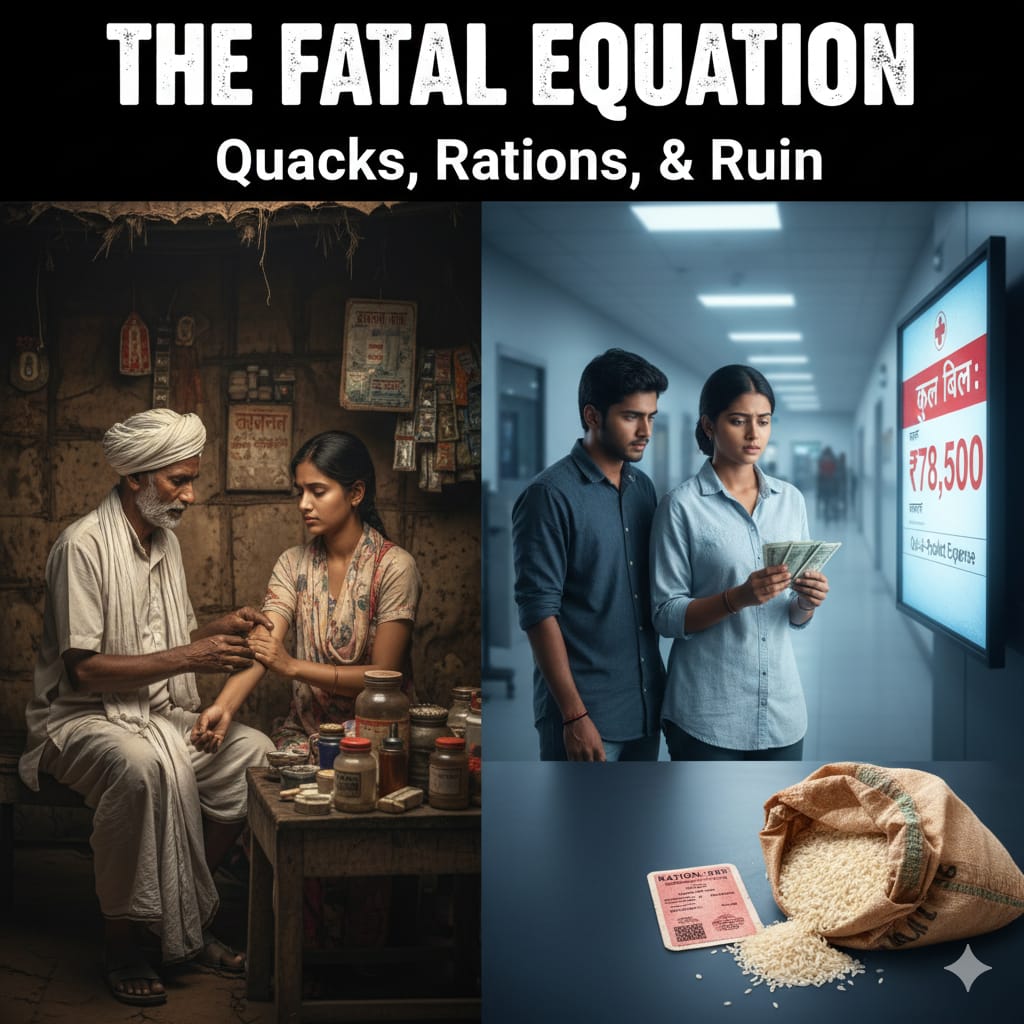
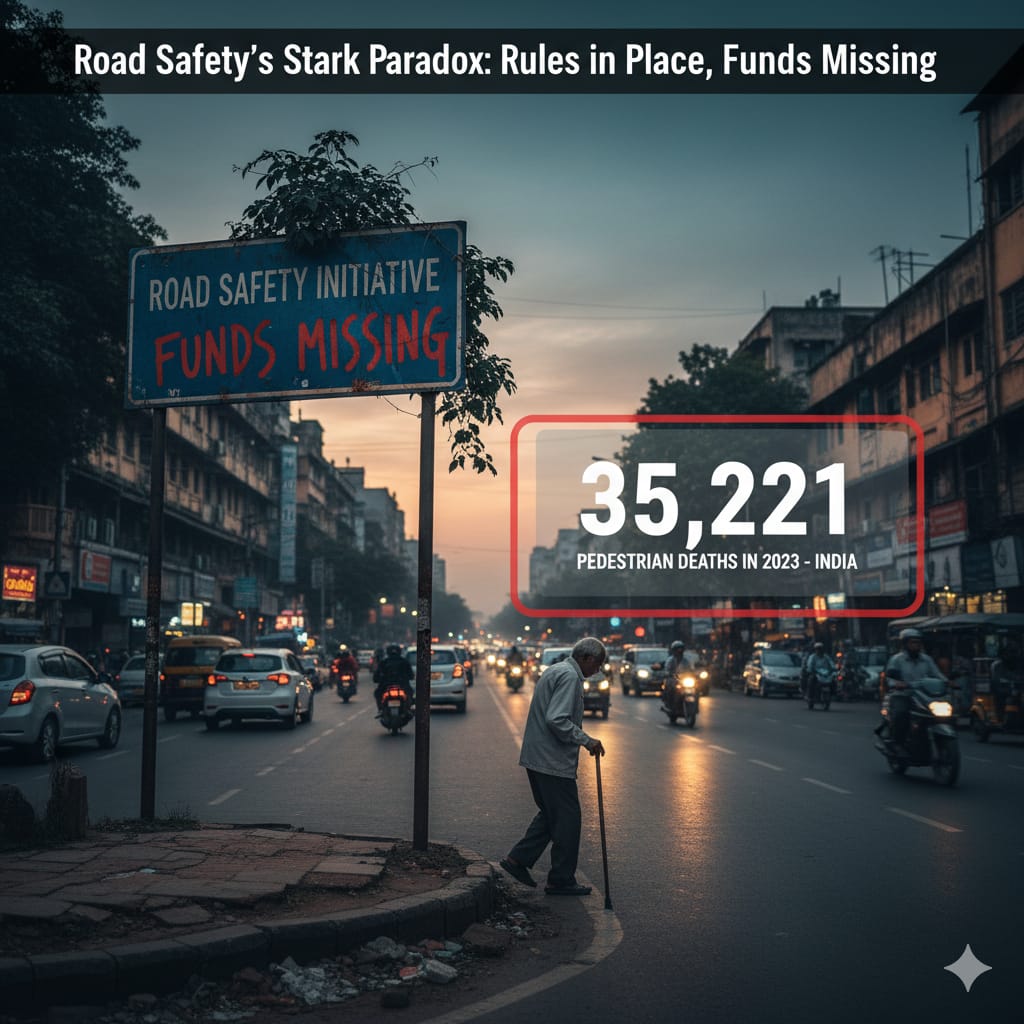
.jpeg)
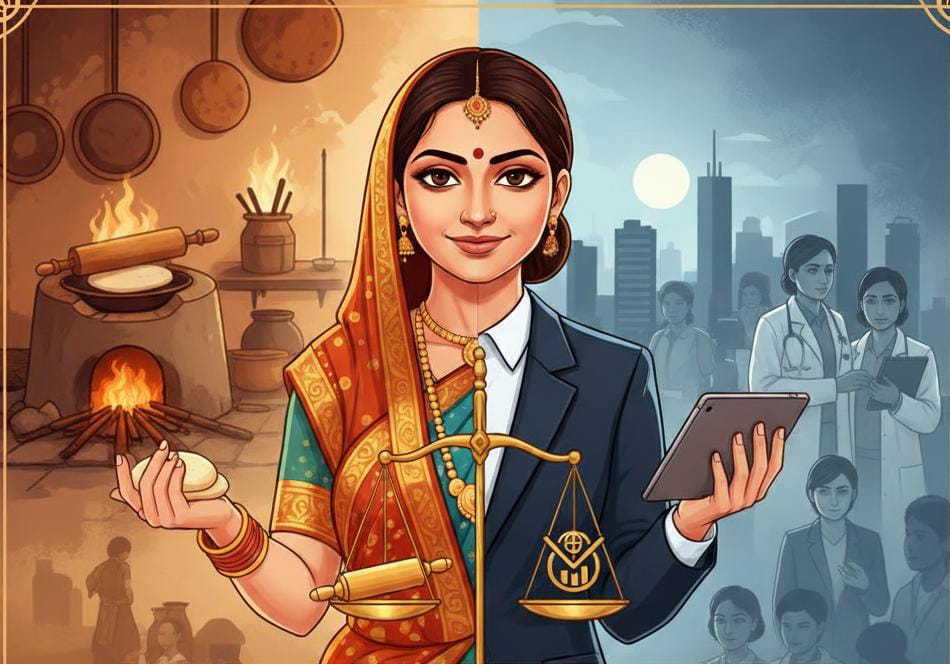
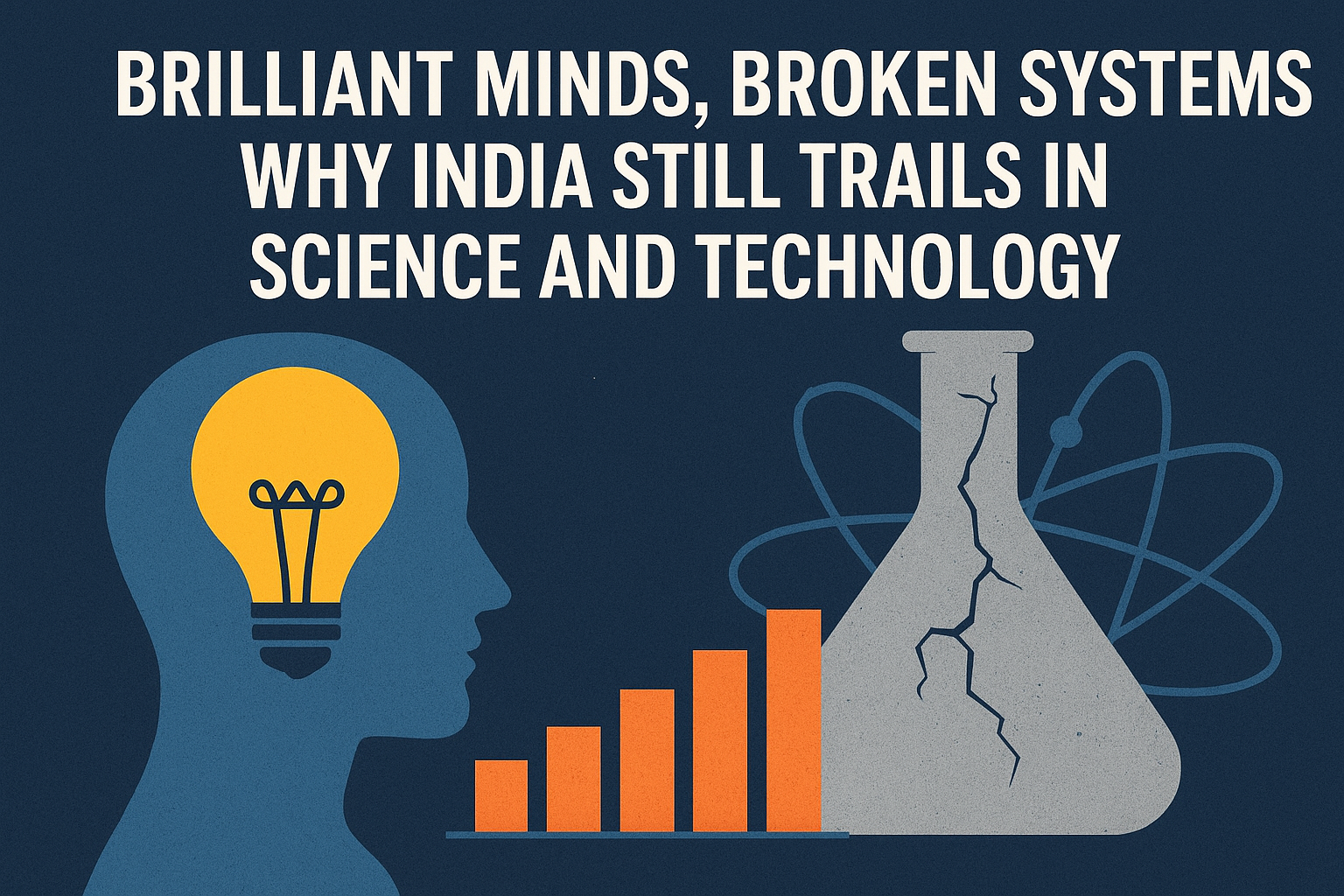


.jpeg)
